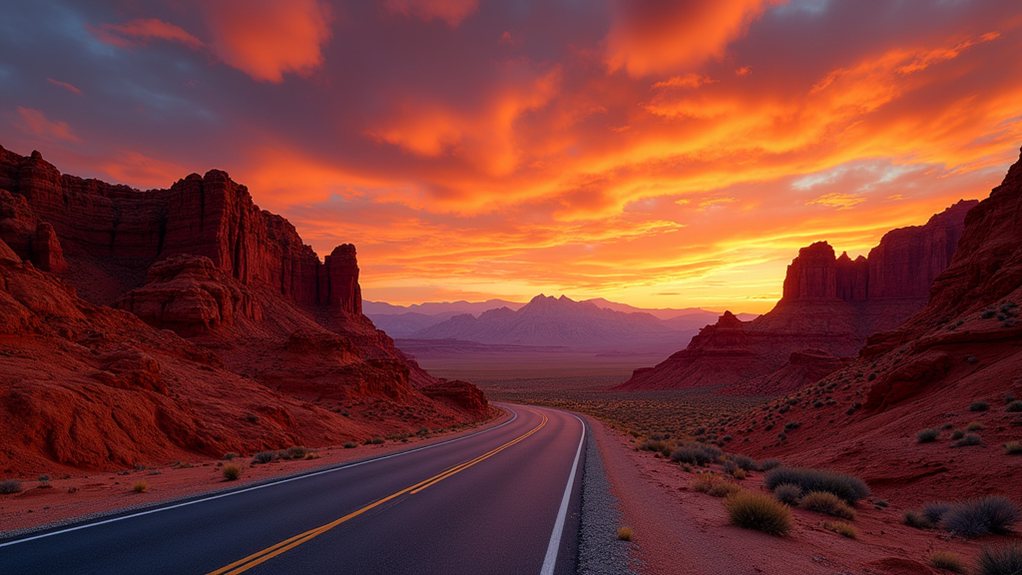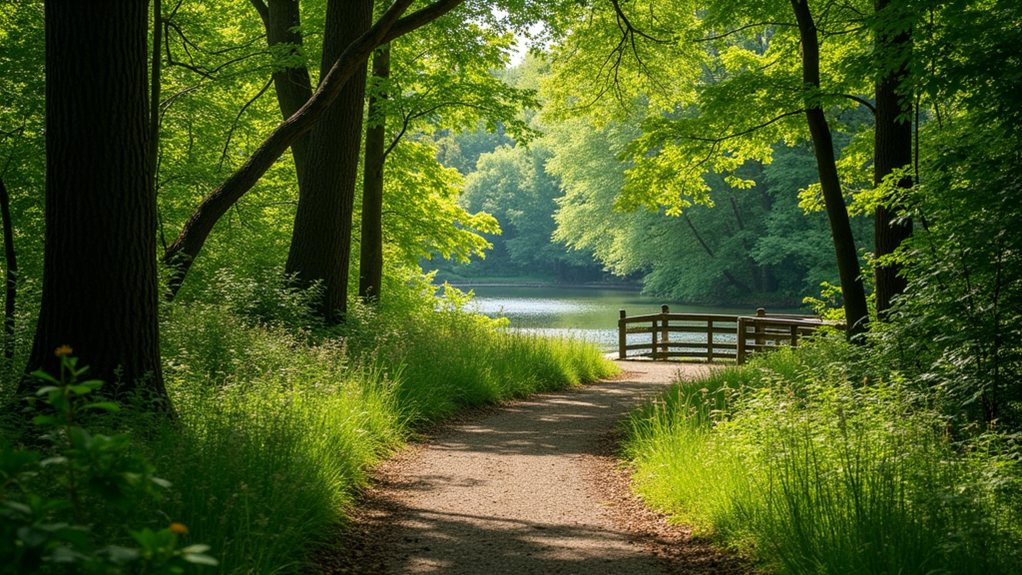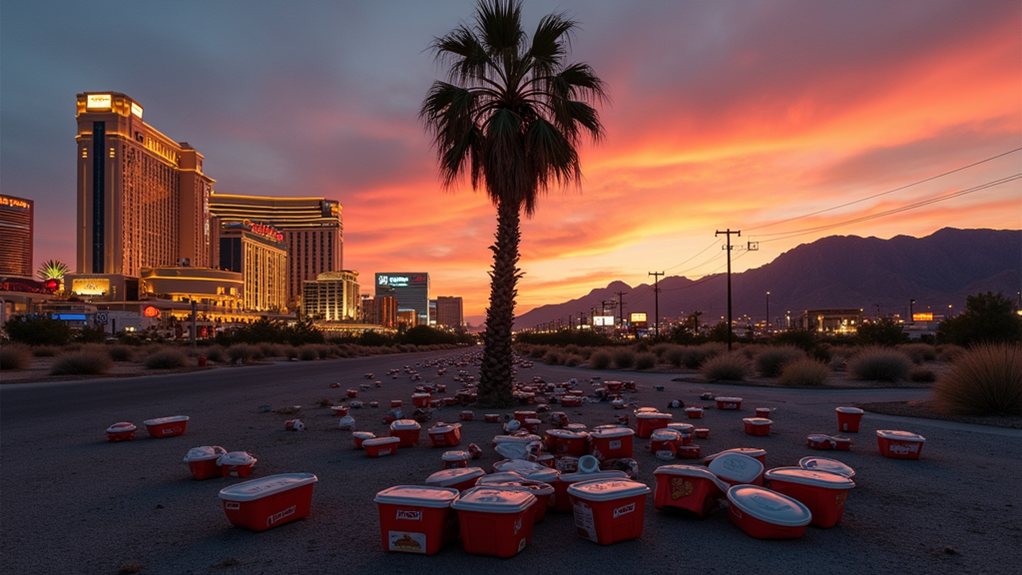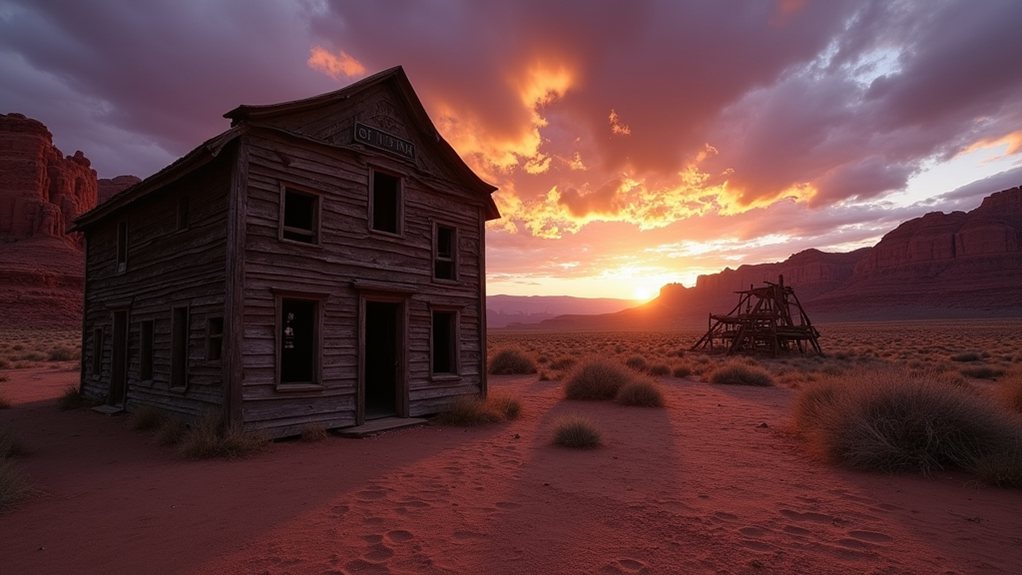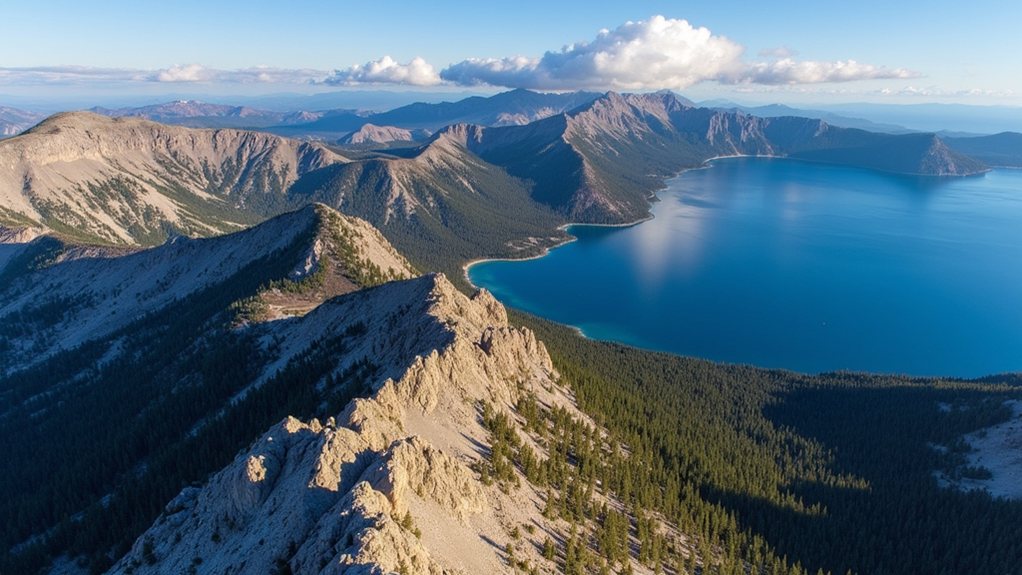Nevada’s Valley of Fire mesmerizes visitors with its flaming hues, dazzles photographers with its otherworldly landscapes, and transports travelers to what seems like another planet. Just an hour from the neon glow of Las Vegas, this geological wonderland transforms ordinary sandstone into a blazing spectacle, especially as the setting sun kisses the Aztec formations. The byway’s fiery appearance isn’t just a fleeting illusion—it’s the result of complex mineral interactions that have created one of America’s most dramatic natural displays.
A Geological Journey Through Fiery Sandstone
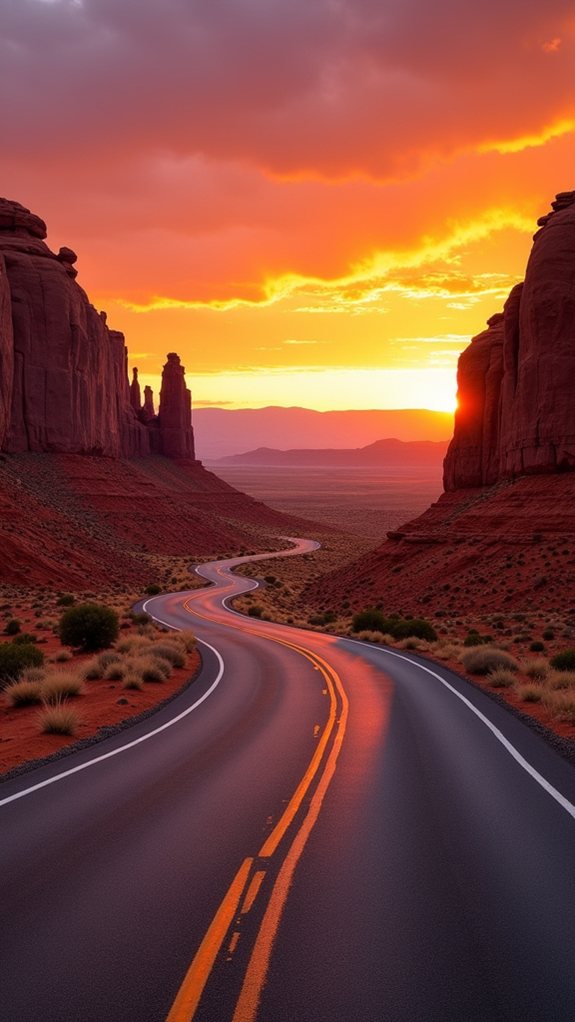
A fiery canvas of nature’s artistry, the Valley of Fire Byway winds through northeastern Clark County, Nevada, offering visitors a mesmerizing expedition through time and geology. This 7-mile stretch of road, accessible via the Valley of Fire Highway (formerly State Route 40), cuts through Nevada’s initial state park, established in 1934 after a pivotal land transfer in 1931.
The byway’s stunning landscape features dramatic red Aztec sandstone formations that glow with an almost supernatural intensity when struck by sunlight. These ancient structures, formed from consolidated sand dunes approximately 140 million years ago, earned their fiery moniker in the 1920s when travelers observed how the setting sun transformed the valley into what appeared to be a landscape ablaze.
Nature’s red canvas ignites at sunset, a 140-million-year-old masterpiece of sandstone frozen in geological time.
Travelers beginning their adventure at I-15’s exit 75, about an hour’s drive from Las Vegas, will encounter natural wonders that rival those of many national parks. Visitors seeking winter adventures might appreciate that Nevada offers a stark contrast to South Dakota’s ski destinations, where higher elevations provide completely different recreational opportunities. The road meanders past iconic formations like Elephant Rock near the east entrance and the striking Fire Wave, with its hypnotic red and white zebra stripes that photographers find irresistible. The highway becomes particularly hilly and curvaceous as it traverses through the Muddy Mountains before reaching the state park. Similar to Baker City’s Elkhorn Mountains, the landscape offers dramatic vistas that showcase nature’s grandeur in the American West.
Arch Rock, visible from the Scenic Loop near Atlatl Rock, offers another example of nature’s patient sculpting. The park presents a stunning color palette of red, yellow, pink, and orange rock formations sculpted by millions of years of erosion.
History buffs will appreciate that the park’s infrastructure was largely built by the Civilian Conservation Corps between 1933 and the early 1940s. Throughout the park, ancient petroglyphs created by Ancestral Puebloans tell silent stories of those who traversed these lands long before modern visitors.
For today’s adventurers, the park offers 72 campsites at Atlatl Rock Campground and numerous hiking trails, including the popular White Domes Trail and Mouse’s Tank Trail.
Though the entrance fee ($10 for Nevada plates, $15 for non-Nevada vehicles) is required, this small investment opens the door to geological marvels best enjoyed during spring and fall, when temperatures make exploration most pleasant.
As the byway terminates at Northshore Road within Lake Mead National Recreation Area, travelers often find themselves already planning their return to this desert treasure.

